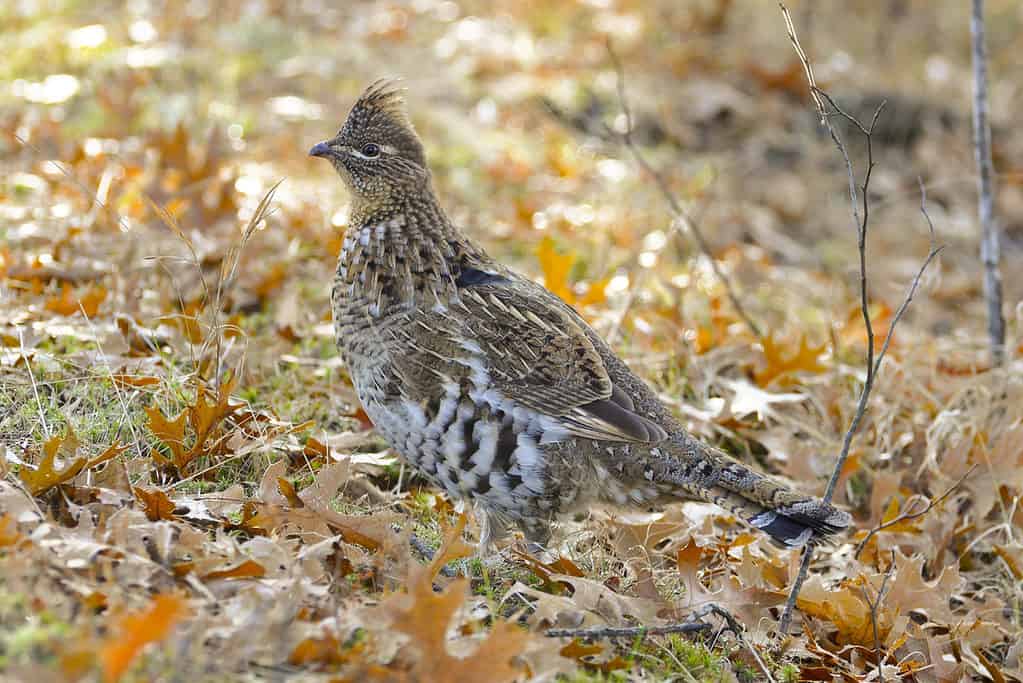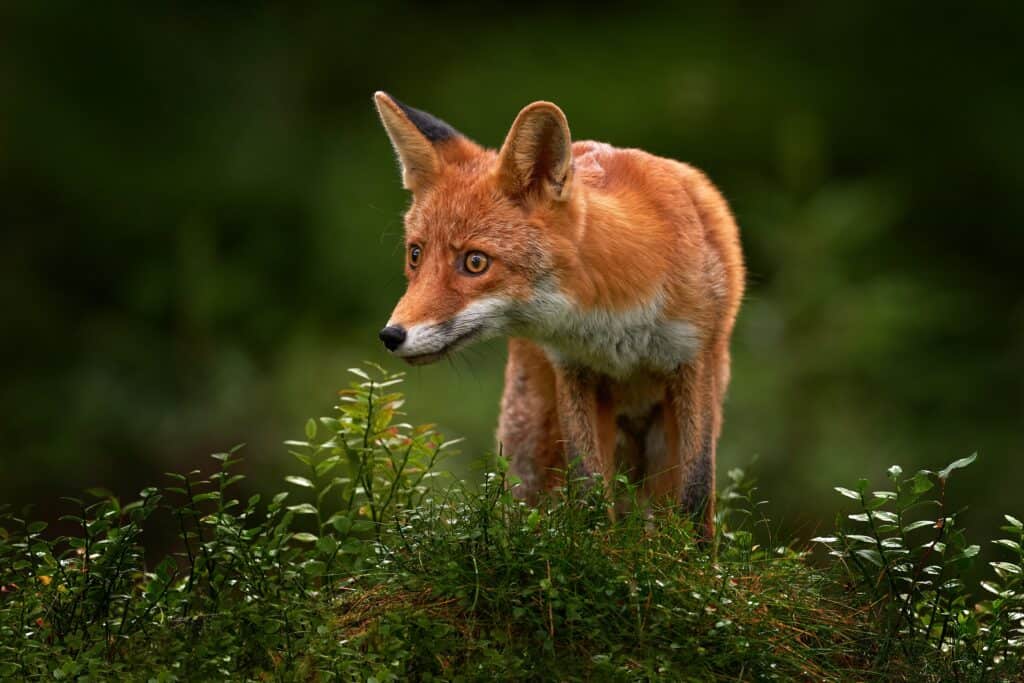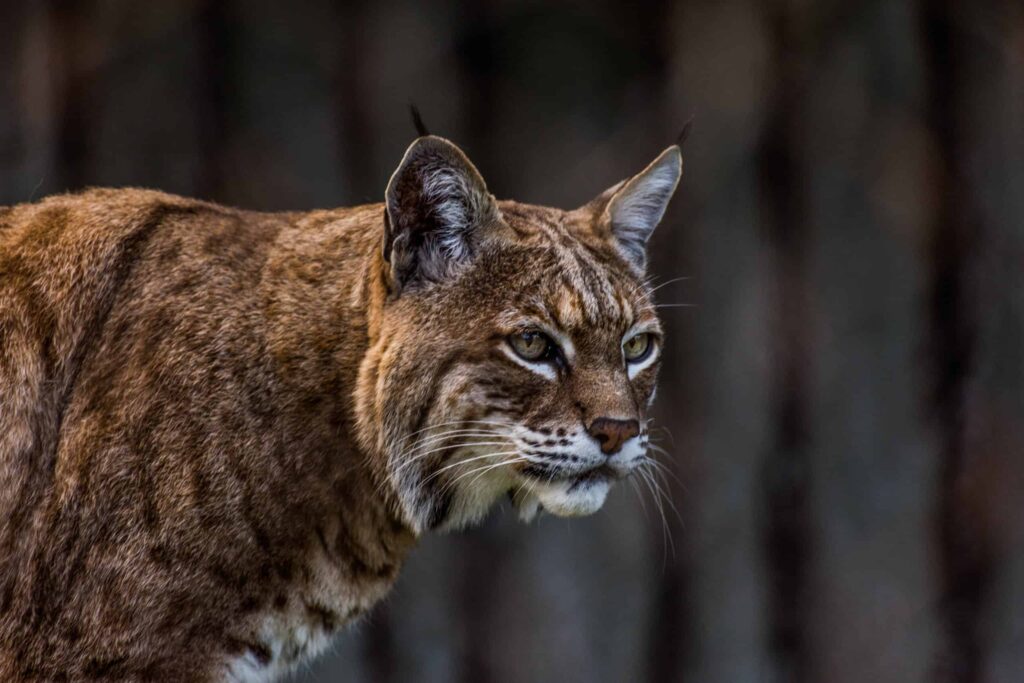The climate of Virginia is generally temperate, although it can vary. The mountainous areas in western Virginia tend to be cooler than the coastal plains and tidewater regions. As a whole, summers are warm and humid, with temperatures typically reaching the 80s. Winters are mild but occasionally cold, with temperatures sometimes dropping into single digits or below zero. Precipitation is well distributed throughout the year, although late spring and early summer usually have the most rain.
Coldest Day Ever Recorded (-30°F!)
On January 21st, 1985, temperatures dropped to an unfathomable -30°F in Mountain Lake, Virginia. This record-breaking temperature is the lowest that has ever been recorded in the state of Virginia. A mass of arctic air caused the cold conditions. It descended on much of North America and created severely low temperatures across many states. There was widespread disruption as power lines froze, roads became treacherous due to icy patches, and several traffic accidents occurred due to difficult driving conditions. Despite this being considered the “coldest day” in Virginia history, there were no fatalities from exposure to extreme cold.
Why Did It Get So Cold?

The coldest temperature in Virginia was the result of a bitterly cold polar vortex that lasted for several days.
©Malachi Jacobs/Shutterstock.com
A polar vortex is a large-scale low-pressure system that occurs in mid to late winter and rotates counterclockwise at high altitudes. The cold air associated with this system can cause temperatures to drop significantly below freezing. In Virginia, a polar vortex caused the jet stream (fast-moving air in the upper atmosphere) to dip southward. This allowed Arctic air from northern regions to invade much of the United States. At the same time, an area of high pressure over the Northern Plains kept this pattern locked into place over eastern parts of America. The result was bitterly cold temperatures that lasted for several days.
Where is Mountain Lake?
Mountain Lake is in Giles County, Virginia. It is a natural lake covering about 50 acres, with depths reaching up to 100 feet.
Mountain Lake is at least 6,000 years old and was likely created by rockslides that blocked off a valley. It’s fed primarily by cold underground springs, which prevent the lake from ever reaching more than 70 °F. The Mountain Lake basin goes through a cycle of lows and highs in water depth that scientists are currently studying.
Mountain Lake is home to one of the state’s few remaining untouched forests. This unique habitat includes a rare virgin spruce bog (Mann’s Bog) which contains an array of northern species that are rarely found elsewhere in Virginia. Water from the lake drains into Little Stoney Creek. It then flows over The Cascades, a stunning waterfall located on the edge of New River. Mountain Lake is beautiful and full of fascinating wildlife, making it a treasured area for residents of Virginia.
Wildlife in the Area
The Mountain Lake Wilderness Conservancy Area is home to many different species, providing a habitat for them to thrive.
Ruffed Grouse

These birds sun themselves in order to raise their body temperature.
©iStock.com/SteveOehlenschlager
Ruffed grouse are well-adapted to cold climates and have several strategies for staying warm during the harsh winters of Virginia. They develop a heavy winter coat made up of silky feathers, which help insulate them from the cold air outside.
When temperatures drop below freezing, the ruffed grouse hunkers down in sheltered areas, such as thickets, depressions in snowdrifts, or against tree trunks. Additionally, these birds fluff up their feathers to create an extra layer of warmth around their bodies. Finally, ruffed grouse sun themselves in order to raise their body temperature. With all these adaptations, it’s no wonder this bird can survive even the coldest days in Virginia.
Wild Turkey
These birds are good at surviving cold weather, thanks to their thick feathers and naturally low metabolism. Wild turkeys brave temperatures as low as -30 degrees Fahrenheit in Virginia’s Mountain Lake region. They find shelter in patches of evergreen trees or dense shrubs that protect them from the wind. Additionally, they find a warm roosting spot during the night. During daylight hours, they forage for food such as acorns, nuts, grains, or insects under leaf litter or snow cover. Wild turkeys also rely on each other for warmth during winter by huddling together in groups called rafters. By relying on these strategies, these highly adaptable birds can successfully survive even the harshest winter conditions.
White-tailed Deer
White-tailed deer have a thick fur coat that helps keep them warm, and they hunker down beneath tree cover during extremely cold weather. During the winter months, their diet shifts to high-energy foods, such as acorns and twigs. These provide extra calories needed for warmth. Deer also benefit from having large ears, which help radiate body heat and allow them to detect predators more easily under snowy conditions. Furthermore, most deer migrate southward towards lower elevations. Here, the climate is milder, and the food is more plentiful.
Red Fox

These beautiful foxes have thick fur and several layers that help them stay insulated.
©Ondrej Prosicky/Shutterstock.com
Red foxes have a few methods of keeping warm in below-zero temperatures. They typically make dens out of underground burrows or hollow logs to keep the cold air away from their bodies. Additionally, they have thick fur and several layers that help them stay insulated. Red foxes also rely on stored food during periods of extreme cold. They often hunt in groups to increase their chances of catching prey. Finally, red foxes curl up together when sleeping so that they can share body heat during the night. By using these strategies, red foxes are able to survive the coldest temperatures of Virginia!
Bobcat

During especially cold days, bobcats will also burrow under snowdrifts for further protection from the elements.
©Victor Arita/Shutterstock.com
Bobcats are used to surviving cold winters in Virginia. They have thick fur coats that provide insulation and lock in warmth. Additionally, they tend to make dens in rocky crevices or hollow logs. These safe spaces trap the heat and keep their body temperature up even when temperatures outside drop drastically. During especially cold days, bobcats will also burrow under snowdrifts for further protection from the elements. To supplement their diet during the winter months, bobcats feed on small mammals such as rabbits and hares.
Long-tailed Weasel
The long-tailed weasel has developed various adaptations to survive freezing climates. It stays warm by denning in burrows. However, it does not typically dig its own burrow. Rather, it takes advantage of abandoned chipmunk holes or other small animal dwellings, such as those found under stumps or beneath rock piles. This cozy nest provides an insulated environment where it can remain comfortable despite dropping temperatures. In addition, they have a thick coat of fur that consists of two layers: a dense undercoat and longer guard hairs. Long-tailed weasels also reduce their activity level during cold conditions so they can conserve energy until spring returns.
NEXT UP
- 10 Sharks Near Virginia’s Coast and Beaches
- Discover Virginia’s Only Rattlesnake Species
- 10 Breathtaking Mountains In Virginia
The photo featured at the top of this post is © Amy Matey/Shutterstock.com
Thank you for reading! Have some feedback for us? Contact the AZ Animals editorial team.






